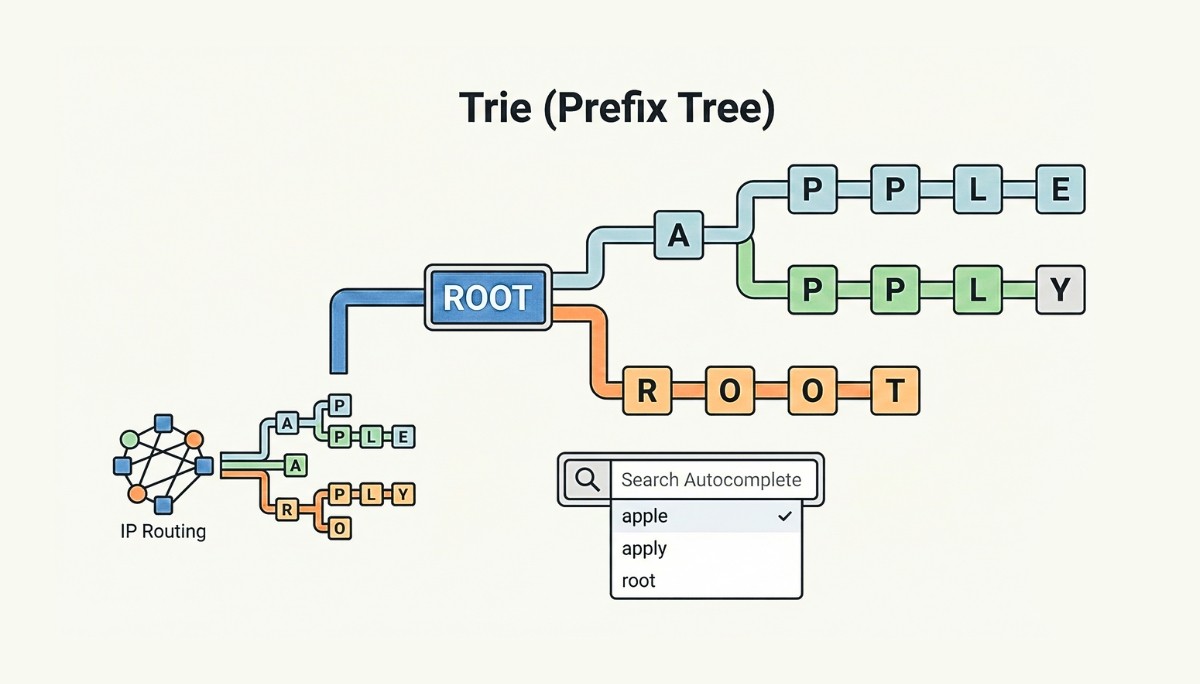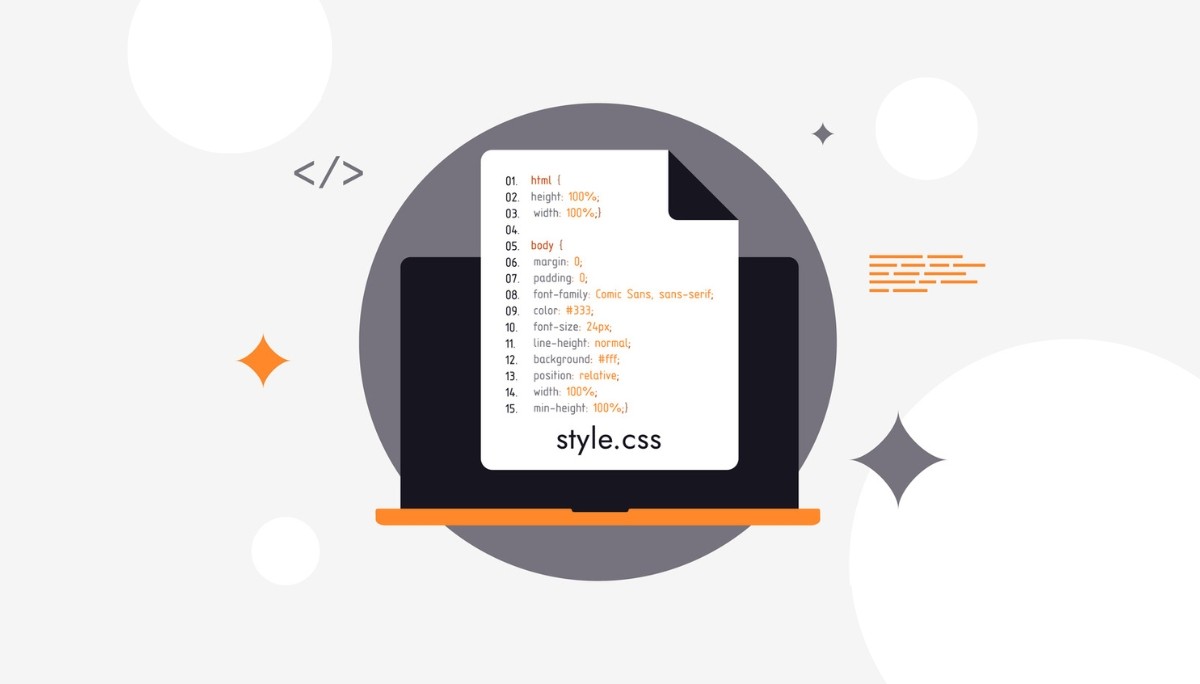Schrödinger’s Cat Explained: The Quantum Box Experiment & Its Meaning
By
Liz Fujiwara
•
Sep 18, 2025
Schrödinger’s Cat is one of those wild quantum thought experiments that makes you question everything you think you know about reality. A cat sealed in a box… both alive and dead… until someone finally looks inside? It sounds absurd, even a little dark, but that’s exactly the point. This strange setup captures the idea of quantum superposition, where particles can exist in multiple states at once.
Why does this matter? Because hidden inside this quirky scenario is a deeper challenge to how we understand observation, measurement, and the very fabric of the universe. In this article, we’ll break down how Schrödinger’s Cat actually works, why physicists still argue about it, and what it reveals about the weird, rule-bending world of quantum mechanics. Ready to lift the lid?
Key Takeaways
Schrödinger’s Cat illustrates the paradox of quantum superposition, where a quantum system remains in multiple states until observed, challenging classical physics notions.
The role of the observer is crucial in quantum mechanics, as measurements collapse superpositions into definite outcomes and influence the state of the system.
Various interpretations, such as the Copenhagen and Many-Worlds interpretations, provide different perspectives on the measurement problem and the nature of reality in quantum theory.
Introduction to Quantum Physics

Quantum physics, also known as quantum mechanics, is the branch of modern physics that explores the behavior of matter and energy at the smallest scales, such as atoms, electrons, and other subatomic particles. Unlike classical physics, which describes the world in terms of predictable laws and definite outcomes, quantum theory reveals a universe governed by probabilities, uncertainty, and the dual nature of particles and waves.
At the heart of quantum mechanics is the concept of wave-particle duality, where quantum particles like electrons and photons can behave both as particles and as waves, depending on how they are observed. This leads to phenomena that defy our everyday intuition, such as particles existing in multiple places at once or tunneling through barriers that would be insurmountable in classical physics.
Quantum physics has revolutionized our understanding of the universe and paved the way for groundbreaking technologies. The development of transistors, lasers, and computer chips all relies on principles uncovered by quantum theory. Today, quantum computing is pushing these boundaries even further. Quantum computers harness the power of quantum superposition and entanglement to perform calculations that are impossible for classical computers, promising to transform fields from cryptography to materials science.
By challenging our classical notions of reality, quantum mechanics continues to inspire discoveries and technologies, making it one of the most exciting and influential areas of science.
What is Schrödinger's Cat?

Schrödinger’s Cat is one of the most iconic thought experiments in quantum mechanics. The setup is simple but bizarre: a cat is sealed in a box with a radioactive substance, a Geiger counter, a vial of poison, and a hammer. If the radioactive material decays, the Geiger counter detects it and triggers the mechanism that releases the poison. If it doesn’t decay, nothing happens. Until someone opens the box, the cat is treated as both alive and dead at the same time.
This strange duality illustrates the idea of quantum superposition, where particles can exist in multiple states simultaneously until measured. It highlights the massive disconnect between everyday physics, where outcomes are clear and definite, and the quantum world, where probabilities blur together and only “collapse” into a single result when observed.
The paradox also exposes the limits of our current interpretations of quantum mechanics. Even the widely accepted Copenhagen interpretation can’t say what state the cat is truly in before the box is opened. Is it really both? Neither? Something in between? Schrödinger’s Cat forces us to confront how little we understand about the underlying nature of reality.
How Schrödinger's Cat Works
Schrödinger’s Cat thought experiment hinges on the principle of quantum superposition. In this setup, the cat’s fate is directly linked to the behavior of a quantum particle, in this case, a radioactive atom. Quantum superposition allows the atom to exist in a superposition state, where it is both decayed and undecayed simultaneously until it is observed. This duality extends to the entire system, including the cat, which exists in a superposition state of being both alive and dead until the box is opened. Schrödinger's thought experiment illustrates this concept vividly.
When the cat is unobserved, it remains in a coherent superposition, a combination of all possible states. The act of observation causes wavefunction collapse, reducing the superposition state into a single, definite outcome and determining whether the cat is alive or dead. This wavefunction collapse is a pivotal concept in quantum mechanics and contrasts sharply with classical physics, where the state of an object is always definite and observable.
The experiment also underscores the significance of the observer's makes in quantum mechanics. Without observation, the quantum system remains in a superposition, but once observed, the quantum object collapses into a specific state.
This paradox is not just a theoretical curiosity but has practical implications, especially in the field of quantum computing, where qubits can exist in multiple states simultaneously, enabling complex computations that are impossible for classical computers.
The Schrödinger’s Cat Paradox
The Schrödinger’s Cat paradox is one of the most famous and thought-provoking ideas in quantum physics. Conceived by Austrian physicist Erwin Schrödinger, this thought experiment was designed to highlight the bizarre consequences of applying quantum rules to everyday, macroscopic objects.
In the paradox, a cat is placed inside a sealed box along with a radioactive atom, a Geiger counter, a vial of poison, and a hammer. The fate of the cat is tied to a quantum event: if the radioactive atom decays, the Geiger counter detects it, triggering the hammer to break the vial and release the poison, resulting in the cat’s death. If the atom does not decay, the cat remains alive. According to quantum superposition, until the box is opened and the system is observed, the quantum object (the atom) exists in a combination of both decayed and undecayed states. This means the cat, as part of the entire system, is simultaneously alive and dead, existing in multiple states at once.
The Schrödinger’s Cat thought experiment challenges our understanding of reality by showing how quantum rules, which work perfectly for tiny particles, lead to strange and seemingly impossible situations when applied to larger, macroscopic objects like a cat. The paradox forces us to confront the role of the observer in quantum physics. According to the Copenhagen interpretation, the cat’s state remains undefined, both alive and dead, until someone opens the box and observes the outcome, causing the superposition to collapse into a single, definite state.
By illustrating the weirdness of quantum mechanics in such a dramatic way, Schrödinger’s Cat paradox continues to spark debate and curiosity about the true nature of reality and the limits of quantum theory.
The Role of the Observer in Quantum Mechanics

Schrödinger’s Cat thought experiment underscores the critical role of the observer in quantum mechanics. Unlike classical physics, where outcomes are deterministic, quantum mechanics involves inherent uncertainty and probabilistic outcomes. When a measurement is made, the wave function collapses, and the quantum system transitions from a superposition of states to a single, definite state. This process, known as wave function collapse, is central to understanding the behavior of quantum systems. Contrary to popular belief, a conscious observer is not required for wavefunction collapse; physical interaction with a measuring device is sufficient.
Measurement in quantum mechanics involves the interaction between quantum systems and classical measuring devices. This interaction changes the state of the system, highlighting the importance of the observer. The Wigner’s Friend experiment further complicates this picture by introducing an observer within the quantum system, illustrating how different observers can perceive different realities based on their own measurements. This thought experiment demonstrates the complexities of quantum measurement and challenges our understanding of reality.
The Schrödinger’s Cat paradox and the Wigner’s Friend experiment raise essential questions about the nature of observation and measurement in quantum mechanics. They illustrate that the act of observation is not just a passive discovery but an active participant in determining the state of a quantum system. Most physicists agree that measurement does not require consciousness, but rather any interaction with a measuring device. These questions continue to drive research and debate in the field of quantum physics, pushing the boundaries of our understanding.
Interpretations of Schrödinger's Cat

The paradox of Schrödinger’s Cat has led to various interpretations of quantum mechanics, each offering different explanations for how quantum states transition from superposition to a single outcome. These interpretations are crucial for understanding the measurement problem and the nature of reality in the quantum world. The Schrödinger's Cat thought experiment is widely used as a teaching tool to illustrate the complexities of quantum mechanics, helping to clarify abstract concepts such as superposition and wavefunction collapse. The most prominent interpretations include the Copenhagen interpretation, the Many-Worlds interpretation, and Objective Collapse Theories.
Each of these interpretations provides a unique perspective on Schrödinger’s Cat paradox:
The Copenhagen interpretation proposes that quantum particles can exist in multiple states simultaneously and only settle into a specific state once an observation occurs.
The Many-Worlds interpretation proposes that every possible outcome of a quantum event occurs in separate, non-interacting branches of the universe.
Objective Collapse Theories argue that wave function collapse occurs spontaneously, independent of observation.
Copenhagen Interpretation
The Copenhagen interpretation, proposed by Niels Bohr, is one of the most widely accepted interpretations of quantum mechanics. It posits that quantum states exist in superposition until a measurement is made. The act of observation causes the wave function to collapse, forcing the quantum system to adopt a specific state from the superposition of possible states, including the Psi function. The interpretation of quantum mechanics emphasizes the role of measurement in determining the state of a quantum system.
This interpretation highlights the importance of the observer in determining the state of a quantum system. It suggests that without observation, the system remains in a state of uncertainty, existing in all possible states simultaneously. This idea challenges our classical understanding of reality, where the state of an object is always definite and observable.
Many-Worlds Interpretation
The Many-Worlds interpretation offers a radically different perspective on Schrödinger’s Cat paradox. It asserts that every possible outcome of a quantum event occurs, leading to multiple, simultaneously existing realities and possible outcomes, along with other interpretations of parallel universes. In this interpretation, there is no collapse of the wave function; instead, the observer becomes part of a superposition of states.
In the context of Schrödinger’s Cat, this means that in one branch of the universe, the cat is alive, while in another, it is dead. These branches do not interact, and each represents a separate reality. The Many-Worlds interpretation challenges the notion of a single, definite outcome and suggests that the universe is constantly branching into multiple, parallel realities.
Objective Collapse Theories
Objective Collapse Theories propose that wave function collapse occurs inherently and spontaneously, independent of observation. According to these theories, certain physical conditions trigger the collapse, determining the state of a quantum system. This approach addresses the measurement problem by suggesting that wave functions collapse without the need for an observer.
These theories offer a solution to Schrödinger’s Cat paradox by eliminating the need for observation to determine the cat’s state. Instead, the wave function collapses on its own, leading to a definite outcome. This perspective aligns more closely with our classical understanding of reality, where objects have definite properties and states.
Modern Experiments and Developments
Recent advancements in quantum mechanics have led to significant technological developments, particularly in the field of quantum computing. The principles illustrated by Schrödinger’s Cat are now being applied to real-world experiments, pushing the boundaries of our understanding of quantum behavior in larger, macroscopic systems. These experiments explore phenomena that occur at scales larger than previously examined, including the challenge of observing quantum effects in a cat-sized object, providing new insights into the nature of reality.
One of the key areas of research is the study of macroscopic superpositions, where larger quantum objects demonstrate superposition states. Quantum entanglement, often described as 'spooky action at a distance,' is another fundamental phenomenon being investigated in modern quantum experiments due to its importance in quantum computing and measurement problems. These experiments face challenges due to interactions with the environment, which can lead to decoherence, but they are crucial for developing a deeper understanding of quantum mechanics and its applications. In some historical variations or extensions of Schrödinger's Cat experiment, gunpowder has been used as an alternative component to illustrate the measurement process and the role of physical interactions in quantum scenarios.
Wigner's Friend Experiment
The Wigner’s Friend experiment introduces an observer within a quantum system, prompting questions about measurement and reality. This thought experiment illustrates how different observers can have distinct realities based on their interactions with the quantum system.
While one observer may see a definite outcome, another observer outside the box may perceive the system with equal probability, highlighting the complexities of quantum measurement, leading to a random event and a definite result.
Macroscopic Superposition Experiments
Experiments involving macroscopic superpositions face significant challenges, as the need for longer measurement times is proportional to the mass or charge of the particles involved. These experiments aim to observe quantum superpositions at the atomic scale of macroscopic objects, but interactions with the environment often lead to quantum decoherence.
Despite these challenges, such real experiments are crucial for pushing the boundaries of our understanding of quantum behavior at a fundamental level in everyday materials.
Why Schrödinger's Cat Matters Today
Schrödinger’s Cat remains a pivotal thought experiment that continues to influence our understanding of quantum mechanics and the nature of reality. It serves as a powerful illustration of the paradoxes and implications of quantum theory, challenging and refining our understanding of the quantum world. Recent studies and experiments have successfully demonstrated the creation of superposition states in larger quantum systems, pushing the classical limits of quantum mechanics.
These developments have significant implications for modern physics and technology, particularly in the field of quantum computing. Exploring macroscopic superpositions and the boundaries of quantum theory provides scientists with new insights into quantum systems and their potential applications. Schrödinger’s Cat continues to be a valuable teaching tool for understanding and explaining the complexities of quantum mechanics.
Introducing Fonzi: Revolutionizing AI Talent Hiring
Just as quantum mechanics pushes us to rethink how the universe operates, modern AI tools are reshaping how we approach real-world challenges, including hiring. And in the same way quantum systems turn overwhelming complexity into powerful possibilities, today’s recruitment platforms are bringing that same transformation to talent acquisition.
Fonzi is at the forefront of this shift, using advanced AI to streamline and fortify the hiring process. The platform offers:
Automated resume screening for faster, higher-quality candidate filtering
Structured, high-signal evaluations to assess real skill and reduce guesswork
Fraud detection and bias auditing, ensuring fairness and integrity in every match
Seamless integration with existing recruitment tools to improve data flow and create a smoother experience for hiring teams
Fonzi makes hiring fast, consistent, and scalable, with most hires completed in under three weeks. It supports teams of all sizes, from early-stage startups making their first AI hire to enterprises scaling to their 10,000th. By elevating the candidate experience and delivering data-driven insights, Fonzi helps companies make stronger, more confident hiring decisions.
Summary
Schrödinger’s Cat remains one of the most powerful illustrations of the strange and counterintuitive nature of quantum mechanics. By examining its many interpretations, along with the modern experiments it has inspired, we gain a clearer picture of how quantum systems behave and why they continue to challenge classical ideas about reality. The thought experiment still serves as a cornerstone for both teaching and advancing our understanding of the quantum world.
Looking ahead, the concepts embodied in Schrödinger’s Cat will keep pushing scientists to explore deeper questions about measurement, information, and the structure of the universe. As quantum research accelerates and technologies like quantum computing mature, these ideas won’t just stay theoretical; they’ll shape the future of physics, computing, and the technologies that power our world.




